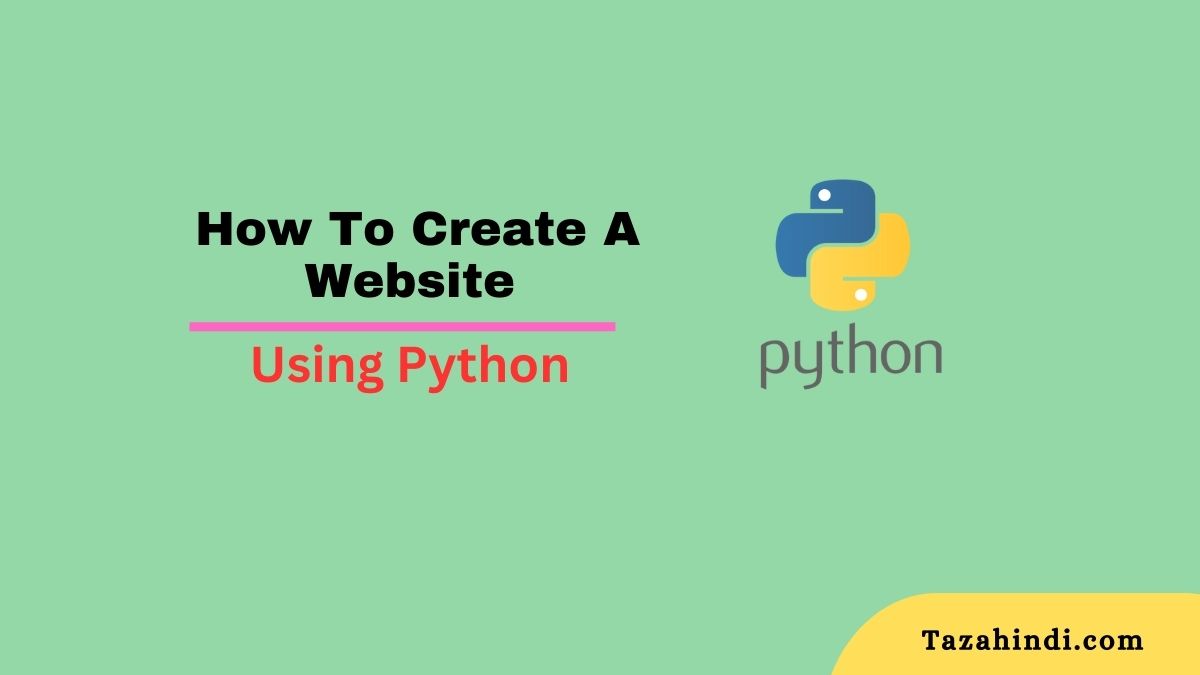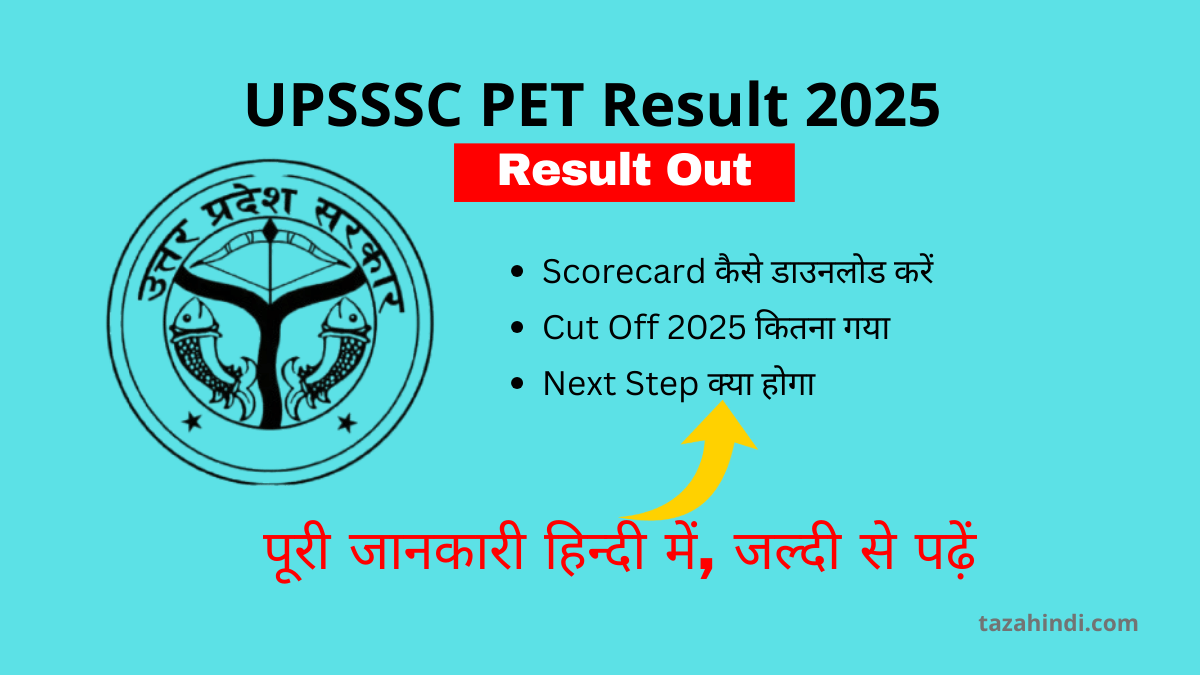How to Create a Website from Scratch using Python: Web designing is an exciting field with a lot of opportunities for creativity and innovation. It can be daunting, however, for beginners to figure out where to start. In this article, we will take a step-by-step approach to how to create a website from scratch using Python. Python is a versatile language that can be used for a wide range of web development tasks, including server-side scripting, content management systems, and data analysis.
We will use the Flask micro-framework to create a simple web application. Flask is a lightweight framework that is easy to learn and use, making it ideal for beginners. We will also use HTML, CSS, and JavaScript to create the front-end of the website.
Step 1: Setting up the environment
Before we can start creating our website, we need to set up our development environment. This includes installing Python and Flask on our computer.
- Install Python: Python can be downloaded from the official website at https://www.python.org/downloads/. Choose the appropriate version for your operating system and follow the installation instructions.
- Install Flask: Once Python is installed, we can install Flask using pip, the package manager for Python. Open a terminal or command prompt and type the following command:
pip install FlaskThis will install Flask and all its dependencies.
Step 2: Creating the Flask application
Now that we have Flask installed, we can start creating our web application. We will start by creating a basic Flask application that displays a simple message on the homepage.
- Create a new file called app.py and open it in your text editor.
- Import the Flask module:
from flask import Flask
Create a new instance of the Flask class:
app = Flask(__name__)
Define a route for the homepage (“/”):
@app.route("/")
def home():
return "Hello, world!"
Finally, add the following lines to the end of the file:
if __name__ == "__main__":
app.run()
This starts the Flask application and runs it on the default port (5000).
Save the file and run it using the following command:
python app.py
This will start the Flask development server and display the message “Hello, world!” when you visit http://localhost:5000 in your web browser.
Congratulations, you have created your first Flask application!
Also Read: How to Use SQL with Python
Step 3: Adding HTML templates
While the “Hello, world!” message is a good start, it’s not exactly a full-fledged website. To create a more dynamic website, we will need to use HTML templates.
- Create a new folder called templates in your project directory.
- Create a new file called home.html in the templates folder.
- Add the following HTML code to the home.html file:
<!DOCTYPE html>
<html>
<head>
<title>My Website</title>
</head>
<body>
<h1>Hello, world!</h1>
</body>
</html>
Modify the home function in app.py to render the home.html template:
@app.route("/")
def home():
return render_template("home.html")
Add the following line to the top of app.py to import the render_template function:
from flask import Flask, render_template
- Save the file and refresh http://localhost:5000 in your web browser. You should now see the “Hello, world!” message displayed in the home.html template.
Step 4: Adding CSS styling
Now that we have a basic HTML template, we can start adding some CSS styling to make it look more visually appealing.
- Create a new folder called static in your project directory.
- Create a new file called style.css in the static folder.
- Add the following CSS code to the style.css file:
body {
font-family: Arial, sans-serif;
background-color: #f2f2f2;
}
h1 {
color: #333;
text-align: center;
margin-top: 50px;
}
Link the style.css file to the home.html template by adding the following line to the head section:
<link rel="stylesheet" type="text/css" href="{{ url_for('static', filename='style.css') }}">
- Save the files and refresh http://localhost:5000 in your web browser. You should now see the “Hello, world!” message displayed in a styled format.
Also Read: 50 Basic Python Coding Questions and Answers for Beginners
Step 5: Adding JavaScript interactivity
Finally, we can add some JavaScript code to make the website more interactive. In this example, we will add a button that changes the background color of the page.
- Add the following HTML code to the home.html template:
<button id="btn" onclick="changeColor()">Change color</button>
Add the following JavaScript code to the bottom of the home.html template:
function changeColor() {
var body = document.querySelector("body");
body.style.backgroundColor = "#ffcc00";
}
Save the files and refresh http://localhost:5000 in your web browser. You should now see a button that changes the background color of the page when clicked.
Full code for how to Create a Website using Python:
app.py (Python code)
from flask import Flask, render_template
app = Flask(__name__)
@app.route('/')
def home():
return render_template('home.html')
if __name__ == '__main__':
app.run(debug=True)
templates/home.html
<!DOCTYPE html>
<html>
<head>
<title>My Website</title>
<link rel="stylesheet" type="text/css" href="{{ url_for('static', filename='style.css') }}">
</head>
<body>
<h1>Hello, world!</h1>
<button id="btn" onclick="changeColor()">Change color</button>
<script type="text/javascript">
function changeColor() {
var body = document.querySelector("body");
body.style.backgroundColor = "#ffcc00";
}
</script>
</body>
</html>
static/style.css
body {
font-family: Arial, sans-serif;
background-color: #f2f2f2;
}
h1 {
color: #333;
text-align: center;
margin-top: 50px;
}
Conclusion:
In this article, we have covered the basics of how to Create a Website from scratch using Python, Flask, HTML, CSS, and JavaScript. We started by setting up our development environment and creating a basic Flask application. We then added HTML templates, CSS styling, and JavaScript interactivity to create a more dynamic website. While this tutorial only scratches the surface of web development, it provides a good foundation for further learning and experimentation.
FAQs on How to Create a Website from Scratch using Python
-
What is Flask?
Flask is a micro-framework for web development in Python. It is lightweight and easy to learn, making it ideal for beginners.
-
What is HTML?
HTML (Hypertext Markup Language) is the standard markup language for creating web pages. It defines the structure and content of a web page.
-
What is CSS?
CSS (Cascading Style Sheets) is a stylesheet language used to describe the presentation of a web page. It defines the layout, colors, fonts, and other visual aspects of a web page.
-
What is JavaScript?
JavaScript is a programming language used to add interactivity and dynamic behavior to web pages. It can be used for client-side scripting, such as validating form data or creating animations.
-
What is a static file?
A static file is a file that is served directly to the client without any server-side processing. Examples include CSS, JavaScript, and image files.



